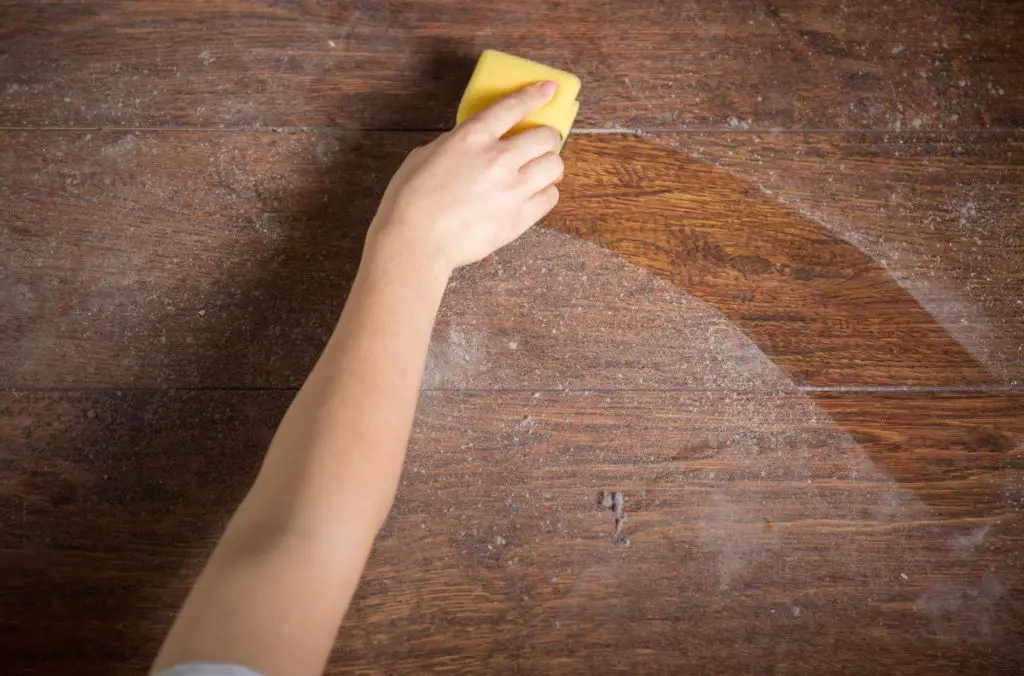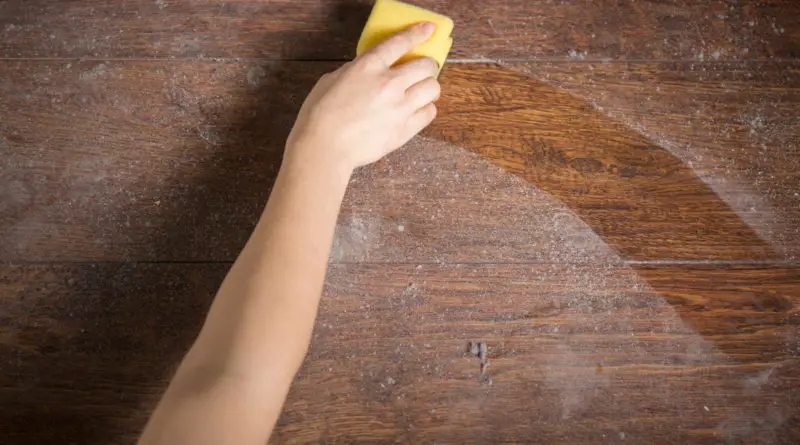The Importance of Dusting

Who enjoys dusting?
If dusting is not on your priority list, you might consider moving it up a few more notches, after reading this.
Let’s take a look at the importance of dusting so that it no longer remains an afterthought.
Here’s an interesting tidbit. The average American home accumulates about 40 pounds of dust every year, collected from floors, walls, furniture, items around the home, and the air.
As a matter of fact, here’s what 40 pounds of dust look like.
What is Dust Made Of?
Now, in terms of the exact sources of indoor dust, it’s widely believed that dust is largely made up of dead skin cells. Not the case! Most household dust is generated from a combination of carpet fibers, clothing particles, pet dander, and pollen (Source: Science Focus).
And, studies have shown that dust has evolved to contain harmful toxins and chemicals from products used in and around your home.
Consequently, the importance of dusting is critical and not to be overlooked.
How does dust affect your health?
Unquestionably, dust can have a negative impact on your health.
Often, it’s the dust mites residing in the dust that cause the health issues. In case you’re curious, dust mites are tiny bugs that live in household dust.
Dust can cause allergies
Again, it’s the dust mites in the dust that can lead to the development of allergies. Allergies are already a pain during pollen season, but the year-round dust in your home can also increase your sneezing or coughing spells. And, irritate your eyes.
Dust can aggravate eczema
Dust mites can aggravate eczema symptoms.
And, the importance of dusting is one of the factors to reduce the chances of an eczema flare-up.
Dust can get into your lungs
One of the more serious health concerns is that dust can collect in your lungs. Dust is particularly bad for people with asthma and can lead to breathing problems.
What impact does dust have on the items in your home?
In addition to impacting your health, that thin layer of dust accumulating every few days can affect your household items and result in your home looking dirtier than it really is.
Dust can get into your food
Even if you have a light covering of dust in your pantry, you won’t know what it’s comprised of. Furthermore, it can make its way into your food, leading you to unknowingly digest harmful pollutants.
Dust can be a challenge to remove from upholstery
It can be challenging to remove dust that has settled on your upholstery. On top of that, dusty furniture does not exactly look appealing.
Dust likes electronics
Simply put, electronics attract dust. This can impact usability and cause damage, over time.
So, how often do you need to dust?
Typically, every 2 to 4 weeks is good for easy-to-reach areas and every 3 to 6 months for spots that are harder to reach, such as the top of the fridge.
What are the best tools to dust effectively?
It is important to equip yourself with the ideal tools to dust effectively.
- Microfiber Duster. Use one with an extendible attachment for those harder-to- reach areas.
- Microfiber Cleaning Cloths. The special weave of microfiber makes them more effective for picking up dust – about 10 times more than cotton fibers can. And, they are gentler on surfaces.
- Vacuum Cleaners. If you want an efficient way to get rid of dust, vacuum cleaners are effective, especially with special dusting attachments. Moreover, a vacuum cleaner with a HEPA filter does an even better job.
- Lint Rollers. Not just for clothes. Lint rollers are great for picking up dust, hair, and other materials. It’s so gentle on fabric, too, so you’ll have no qualms running this over your couch.
- Compressed Air. This is especially useful for gadgets and other items that have tiny and hard-to-reach areas. A good puff of air is a good way to clean if you can’t use water or other cleaning products.
Bonus
While not a dusting tool, air purifiers help control dust and are particularly good if you have allergies. Airborne dust particles swimming in the air can be harmful, and having these extra measures to make sure that you are breathing in filtered air can provide a clean home and peace of mind.
Dusting Tips
Here are a few tips to keep in mind, when dusting.
Work from the top to the bottom
When you work from top to bottom, you enlist the help of gravity. Starting from the top will make the dust particles settle on the floor, making it easier to clean up with a quick sweep of the vacuum or the mop!
Don’t neglect the corners and tiny cracks
It’s not unusual to miss the corners and tiny cracks where dust also collects. To prevent this from happening, take care of these areas immediately. For any small areas, use the pantyhose over the vacuum head trick to make sure to catch even the peskiest amount of dust.
Remember your ducts and air filters
Part of the cleaning process is to address the source of harmful dust. Start by making sure that the air that circulates in your home is clean as possible by clearing ducts and replacing air filters.
Use organic cleaning detergents and products
There are potentially 45 new and harmful chemicals present in modern dust, according to a study done at George Washington University’s Milken Institute of Public Health. One way to reduce chemicals traveling in the air and mixing with dust is to use clean, safe, and organic formulas for day-to-day activities.
Recap
Dust can affect your health and make your house look dirtier than it is.
Equipping yourself and using the right tools is important to get the job done.
So, while it might be tempting to ignore the dust in your home, don’t give in to the temptation. Given its potential for harm, these facts and tips demonstrate why controlling the dust in your home is important.
Don’t overlook the importance of dusting. Create a schedule and stay on top of it.
